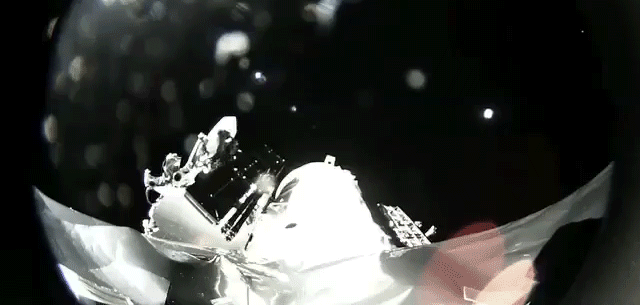Oct 15, 2018
Food you’ve never heard of could end hunger
Posted by Derick Lee in categories: existential risks, finance, food
Crop Trust guards about one million varieties of seeds in a mountain in Svalbard, Norway. The doomsday vault is the back-up for 1,700 seed banks worldwide, in the event of some future apocalypse.
The term “conservation” may bring wildlife or land preservation to mind. But what about the food we eat?
According to Crop Trust, an international organization working to safeguard agriculture, we only use about 1 percent of available crops to fuel our diets. That could put the future of our food system at risk.
Continue reading “Food you’ve never heard of could end hunger” »


















